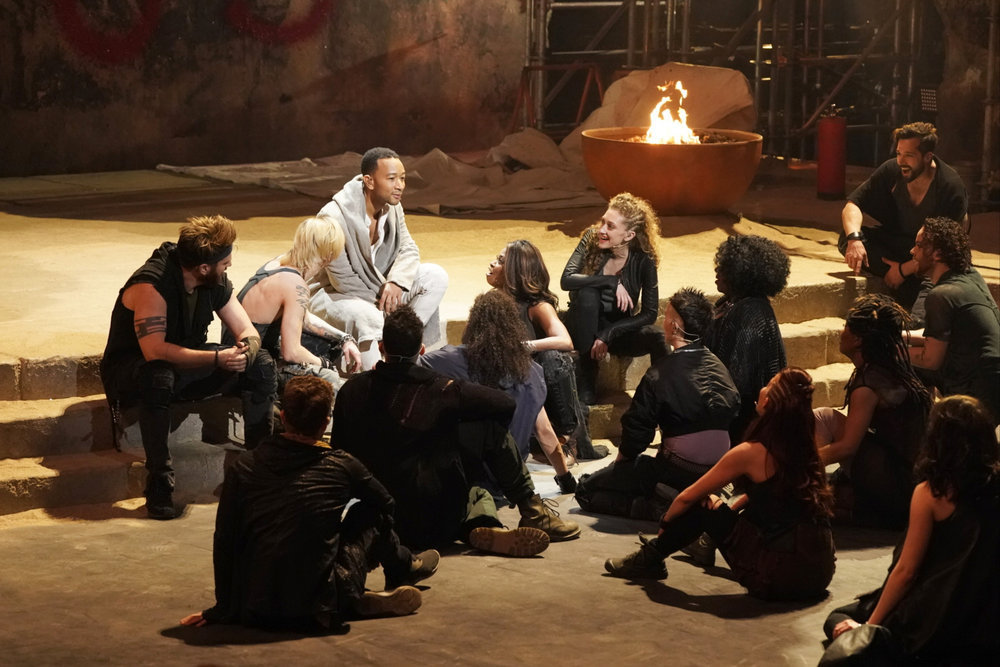
Theater and film are separate but intimately related forms of art. Theater is a type of live performance that has existed in one form or another for thousands of years across many different cultures. Film, the recorded performance, has taken the world by storm since the first motion picture cameras were developed in the late 1800s. Their histories, however, do not exist separately from one another, especially not in the century-plus that the two forms have coexisted.
Film has been inspired by theater since its beginning. Searching for material to shoot, filmmakers and studios turned to adapting plays. They brought with them not only the stories but the knowledge of long-time theatrical professionals and many stars of the stage. Names like Charlie Chaplin, Buster Keaton and Mary Pickford acted in plays, in music halls and in vaudeville long before their transition to film. With the advent of motion pictures with recorded sound, film experienced an even greater boom; Hollywood mined theater more heavily now that dialogue could be heard and not read on the famous “intertitles” interspersed in silent film.
Al Jolson’s “The Jazz Singer,” the very first feature-length film with sound, was itself an adaptation of Samson Raphaelson’s play “The Day of Atonement.” Famous comic groups like the Marx Brothers and the Three Stooges found their way in vaudeville and stage comedies first, before film studios came calling to immortalize them on film. Howard Hawks’ 1940 Cary Grant and Rosalind Russell comedy “His Girl Friday” made a splash with critics because of its snappy, overlapping dialogue. That film owed much of its unique style to its source material, Charles MacArthur and Ben Hecht’s play, “The Front Page.” Modern cinema still adapts from the theater, with musicals like “Les Misérables” and “Hairspray” coming to the big screen in recent years. Some playwrights actually have a hand in the adaptation of their work, as David Mamet did for the 1991 film version of “Glengarry Glen Ross,” or Patrick Marber with the 2004 film, “Closer.” And the works of William Shakespeare have been a resource for the big screen since the beginning, both in the form of direct adaptation and as inspiration.
Theater and film, of course, have different constraints and advantages. Professor Harley Erdman, a professor of dramaturgy (dramatic analysis) in the UMass Department of Theater and holder of a PhD in theater history, talked about adapting between the forms.
“The general way of thinking of this is that a stage play needs to be ‘broken out’ to make a movie,” Harley said. “That the scope of the settings, shots, structure, etc., needs to be exploded from something tightly confined in space (e.g., a room) to something more cinematic. Conversely, a movie needs to be focused more in space, closed in, intensified, so the stage action does not require cinematic shifts of location and viewpoint.”
Erdman goes on to note, however, that recent plays like “War Horse” or “Frankenstein,” the new theatrical adaptation of Mary Shelley’s novel, have experimented with this relationship. Performances like these use both innovative applications of old theatrical techniques and new technology to tell stories in an epic, almost cinematic form.
The challenges faced differ between formats, too. In theater, the story is a continuous flow that cannot be edited or reshot in transition between the performance and its reception by the audience. Moreover, the only angle from which it can be received by the audience is the seat they occupy, rather than from multiple cameras. The storytellers of film, meanwhile, frequently shoot scenes out of chronological order, requiring them maintain the guiding thread of their characters even in confused temporal circumstances.
A kind of stamina is required for acting in both forms; stage actors must perform the entirety of their show in one go, whereas a film actor must remain fresh for multiple takes of one scene even in the face of a grueling production schedule. Erdman remarks that these stem from the same acting principles. In both situations, the performers must remain simultaneously faithful to their characters and in connection with the rest of the cast.
Lastly, Erdman observes that there are benefits to each medium. He says a film director’s use of camera angles and editing gives them much greater influence on an audience’s attention than a stage director has on a theatrical audience. At the same time, the seating of each member of a theatrical audience means that they will experience the play from a unique emotional perspective, even when attending the same performance.
Looking to the future, it does not appear that the interplay between theater and film will cease any time soon. Beyond adapting plays for cinema and vice versa, the two forms inspire each other with a constant exchange of ideas. With countless different concepts about art, performance and the human experience contained within both formats, there remains an inexhaustible flow from which storytellers can draw.
Griffin Lyons can be reached at [email protected].


















